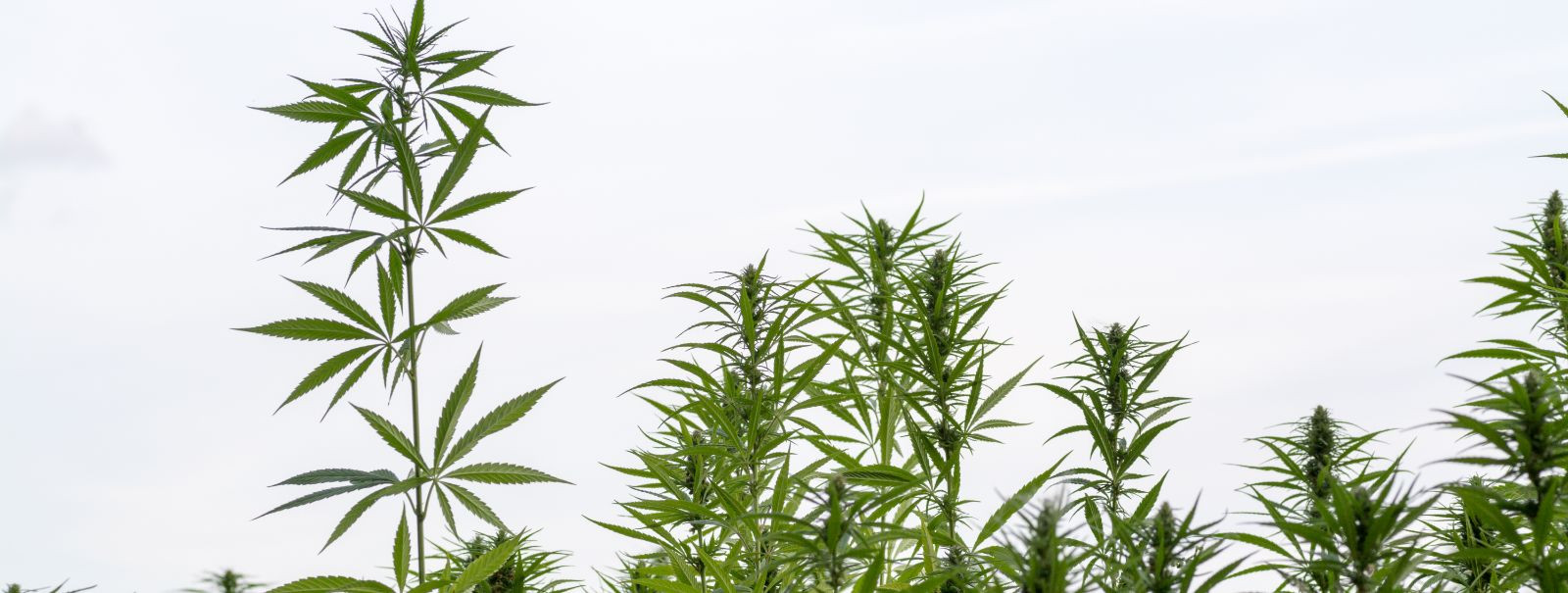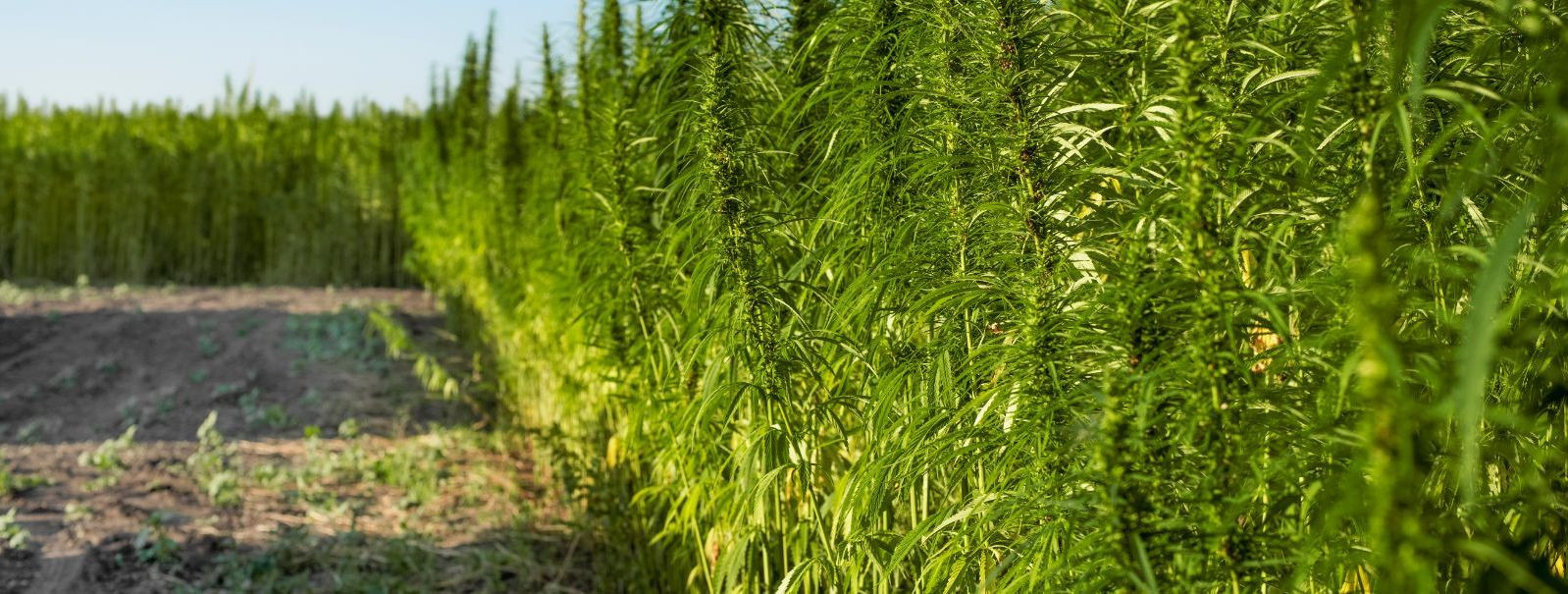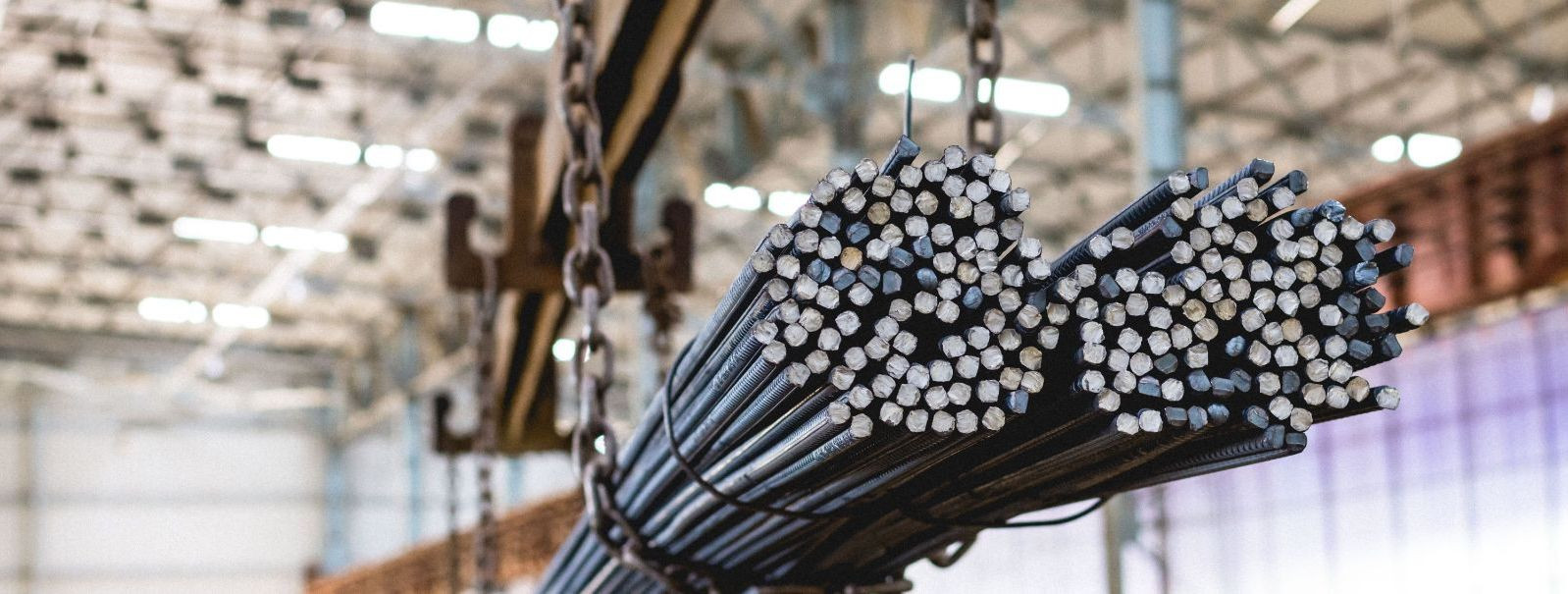How Does Hemp Help Preserve Water Resources and Protect Ecosystems?
Industrial hemp, a variety of the Cannabis sativa plant, has been cultivated for thousands of years for its fibers, seeds, and oil. Historically, it has been used to produce products such as textiles, paper, and rope. Despite its versatility, hemp production faced significant legal challenges in the 20th century due to its association with psychoactive cannabis species.
In recent years, hemp cultivation has experienced a resurgence, supported by a greater understanding of its environmental benefits and legislative changes distinguishing industrial hemp from its psychoactive relatives. This has led to a global trend of embracing hemp as a sustainable crop for various industrial applications.
1. Reducing Carbon Footprint
Industrial hemp has an impressive ability to absorb carbon dioxide from the atmosphere, making it a powerful ally in combating climate change. Hemp plants capture carbon through photosynthesis and store it in their fibers, which can then be used to create carbon-negative materials.
Compared to traditional crops, hemp requires less energy for cultivation and processing, resulting in a smaller overall carbon footprint. This makes hemp an attractive alternative for environmentally conscious producers looking to reduce their impact.
2. Promoting Sustainable Agriculture
Hemp’s natural resistance to pests and diseases minimizes the need for chemical inputs that can harm the environment. By reducing the use of pesticides and herbicides, hemp cultivation fosters healthier ecosystems and lowers the risk of chemical runoff into water bodies.
As a crop, hemp plays a vital role in soil health. Its deep roots prevent soil erosion and help break up compacted soil, making it an excellent choice for crop rotation. This practice not only improves soil structure but also enhances fertility for future crops.
3. Eco-Friendly Material for Industries
Hemp fibers can be combined with lime to create hempcrete, a sustainable building material that provides excellent insulation properties. Hempcrete is not only lightweight and durable but also carbon-negative, as it continues to absorb CO2 throughout its lifespan.
The textile industry benefits from hemp’s strong fibers, which produce durable fabrics that are also biodegradable. Unlike synthetic fibers, hemp textiles do not contribute to microplastic pollution, making them a more sustainable choice for clothing and other fabric products.
4. Conserving Water Resources
Hemp is a drought-resistant crop that requires significantly less water than cotton or other common crops. This makes it an ideal choice for regions facing water scarcity, helping to preserve valuable water resources.
Since hemp cultivation relies on fewer agrochemicals, it positively impacts water quality. It prevents contamination of groundwater and surface water, contributing to healthier aquatic ecosystems and safer drinking water supplies.
5. Supporting Biodiversity
Hemp flowers attract bees and other pollinators, which are crucial for the health of many ecosystems. By supporting pollinator populations, hemp cultivation enhances overall biodiversity in the area.
Hemp farming can also help preserve wildlife habitats. Hemp fields provide shelter and food for various species of wildlife, maintaining ecological balance and promoting diverse flora and fauna.
Discover the sustainable potential of industrial hemp with ORGANIC STEEL OÜ. Contact us to explore eco-friendly solutions for your industry.






Comments (0)